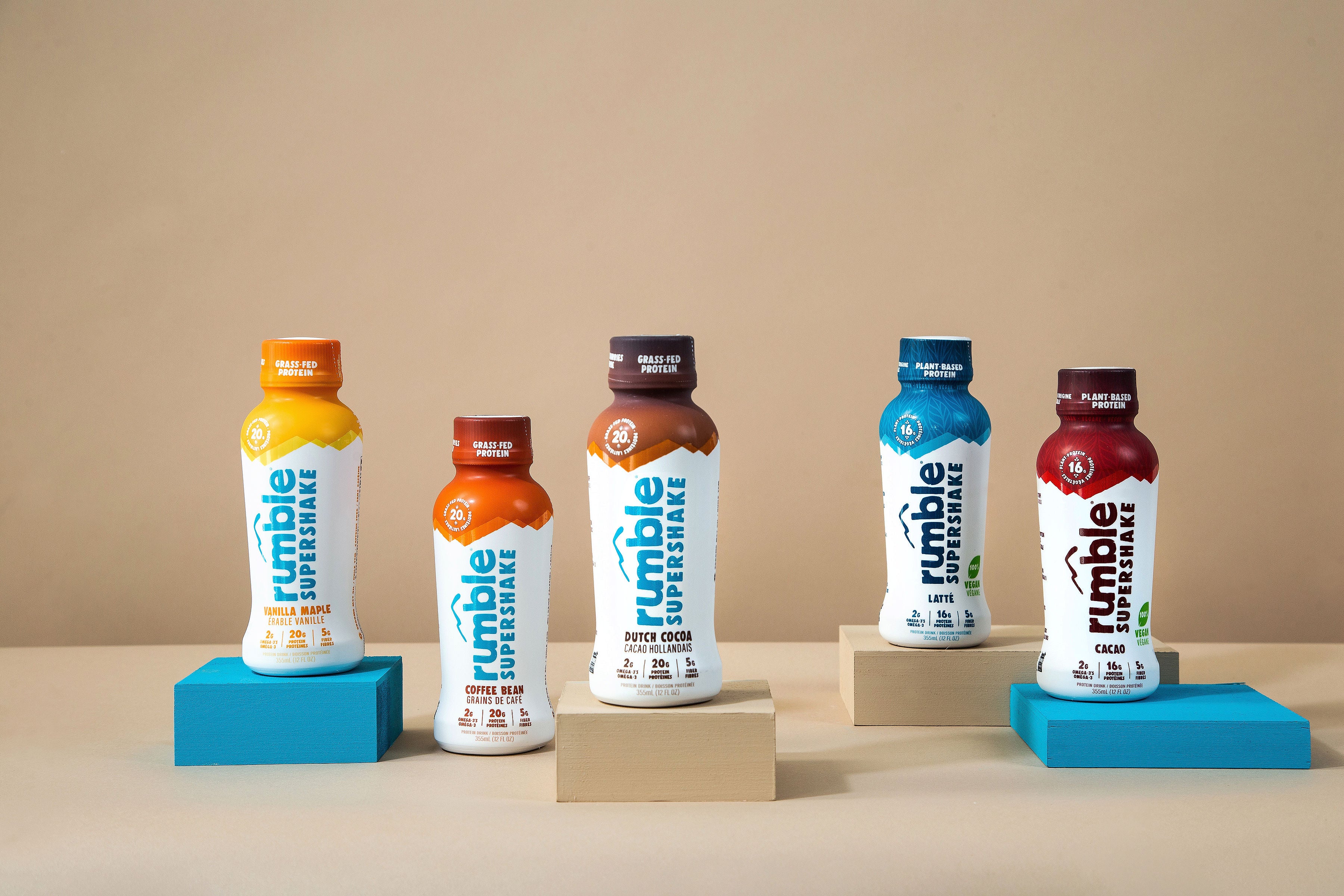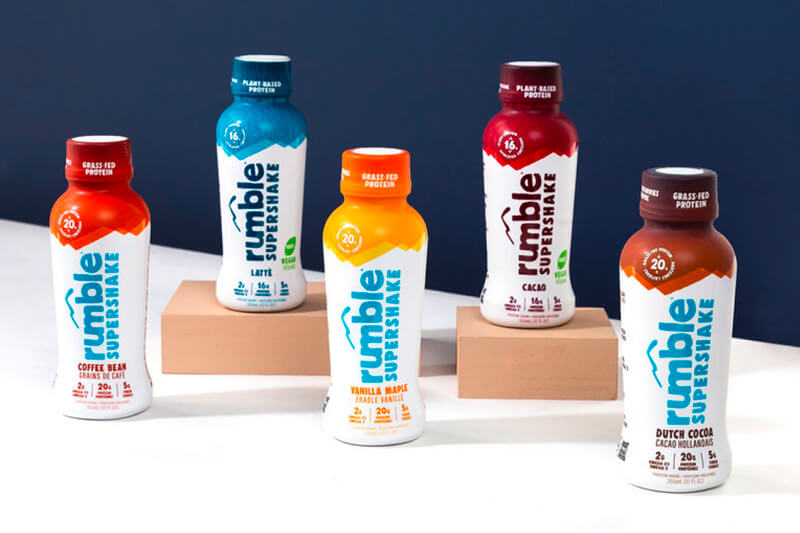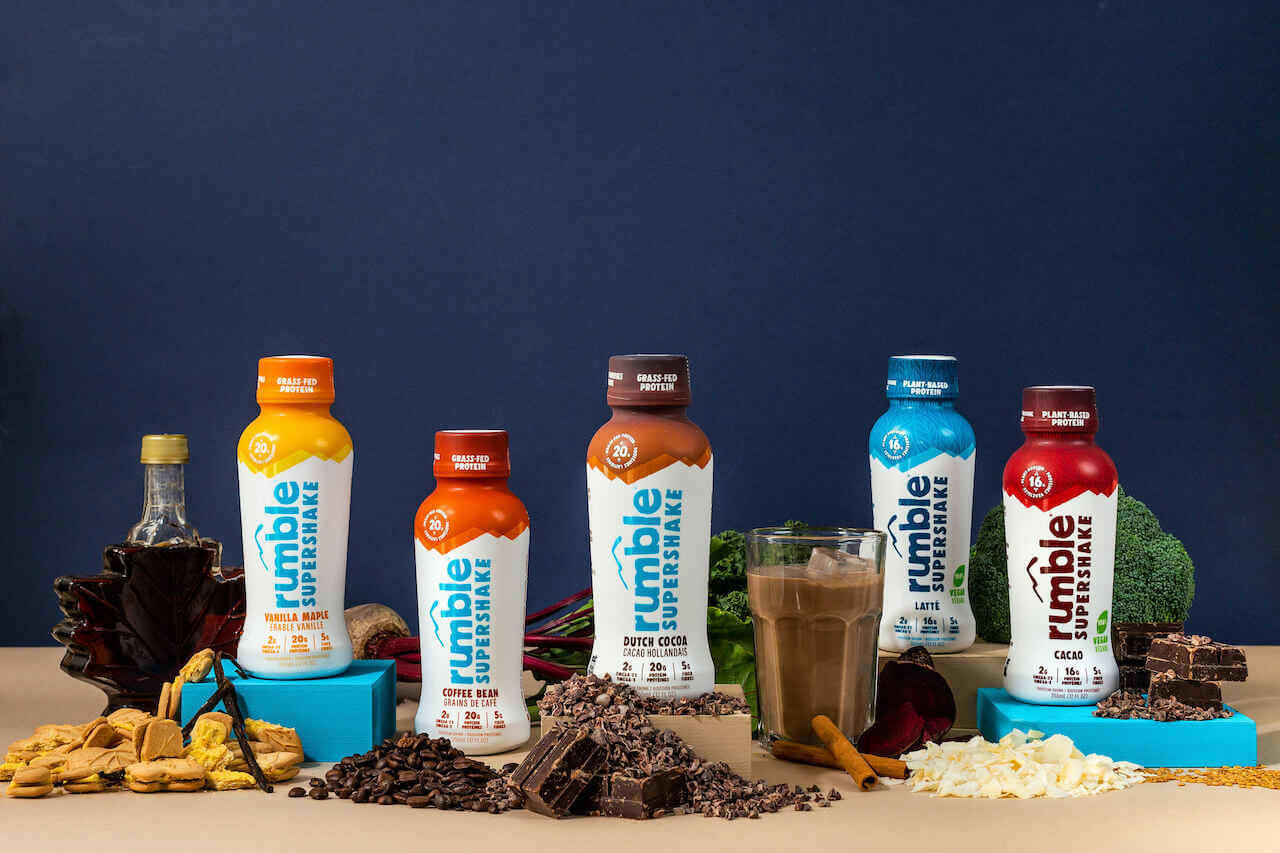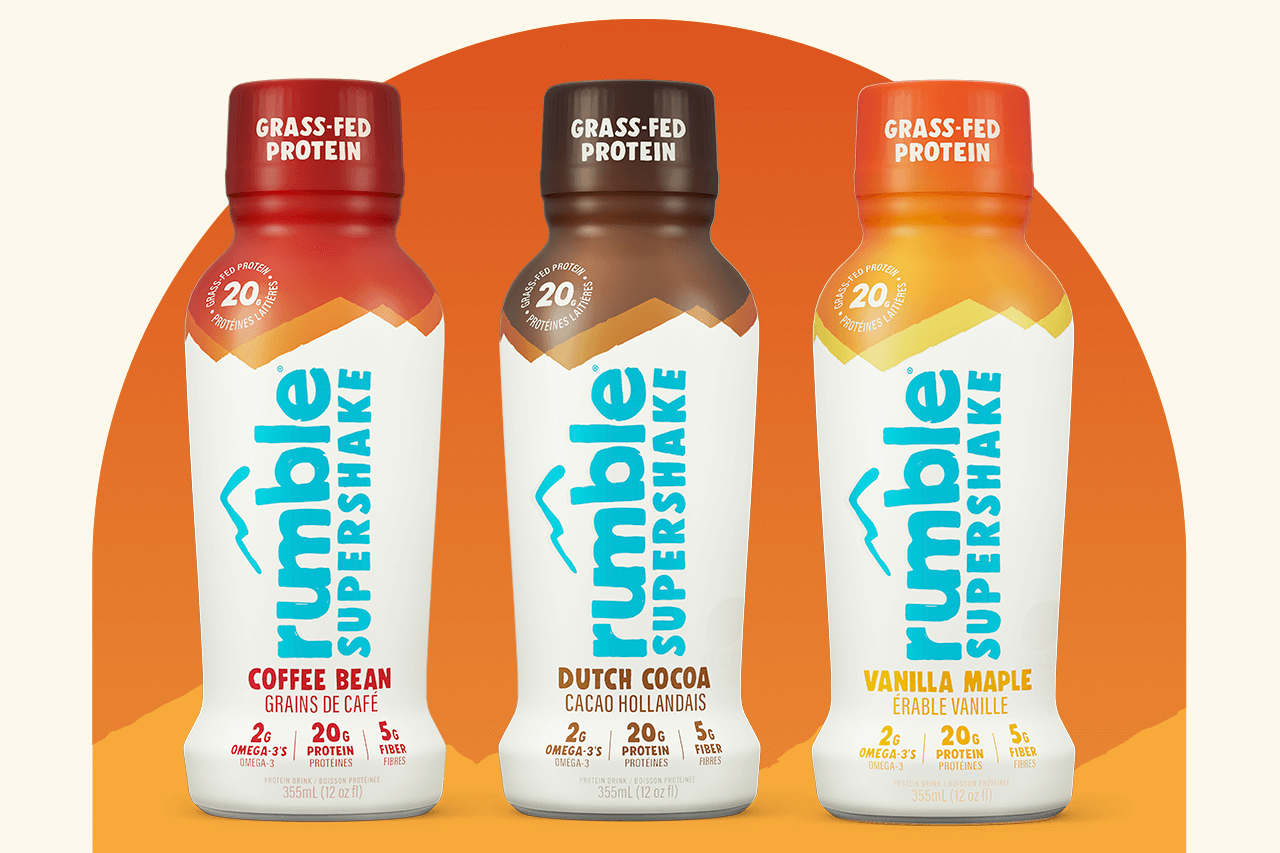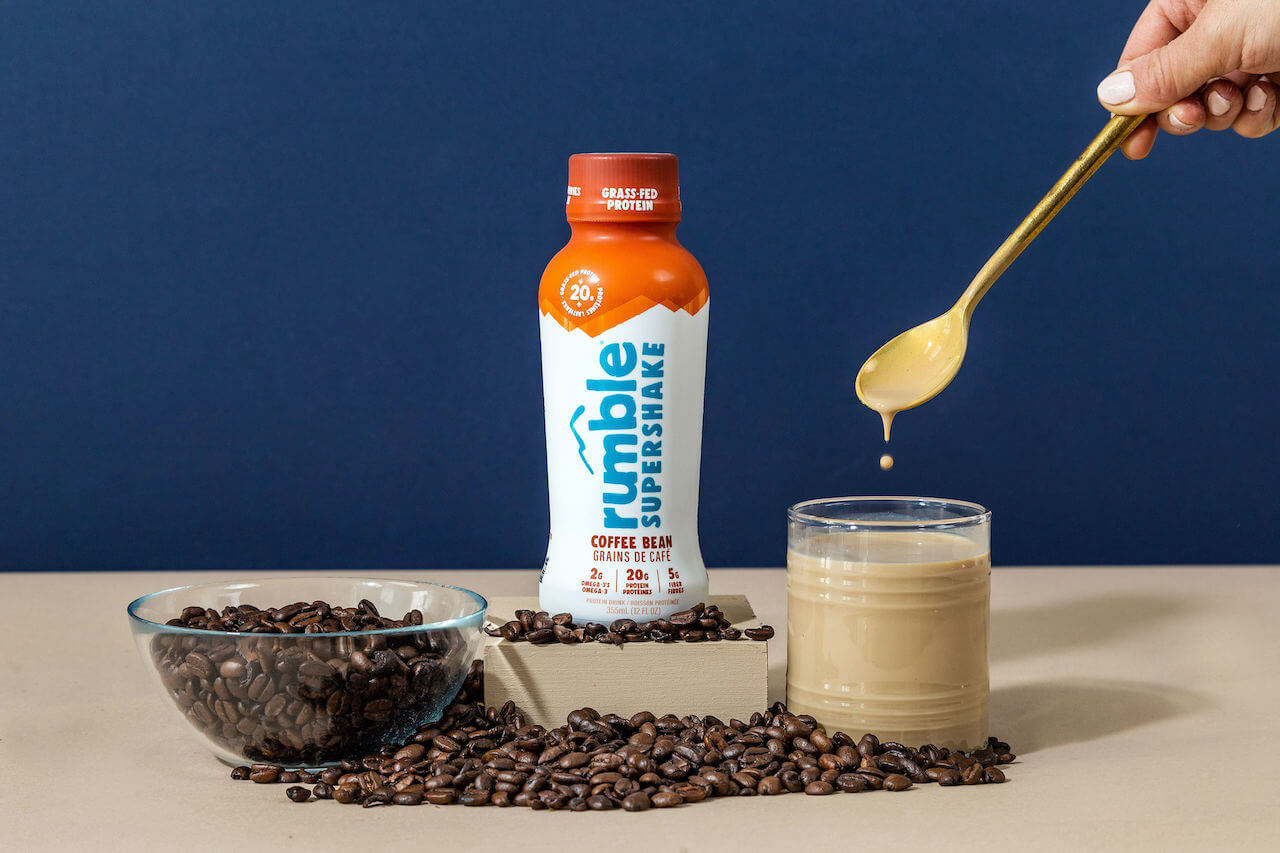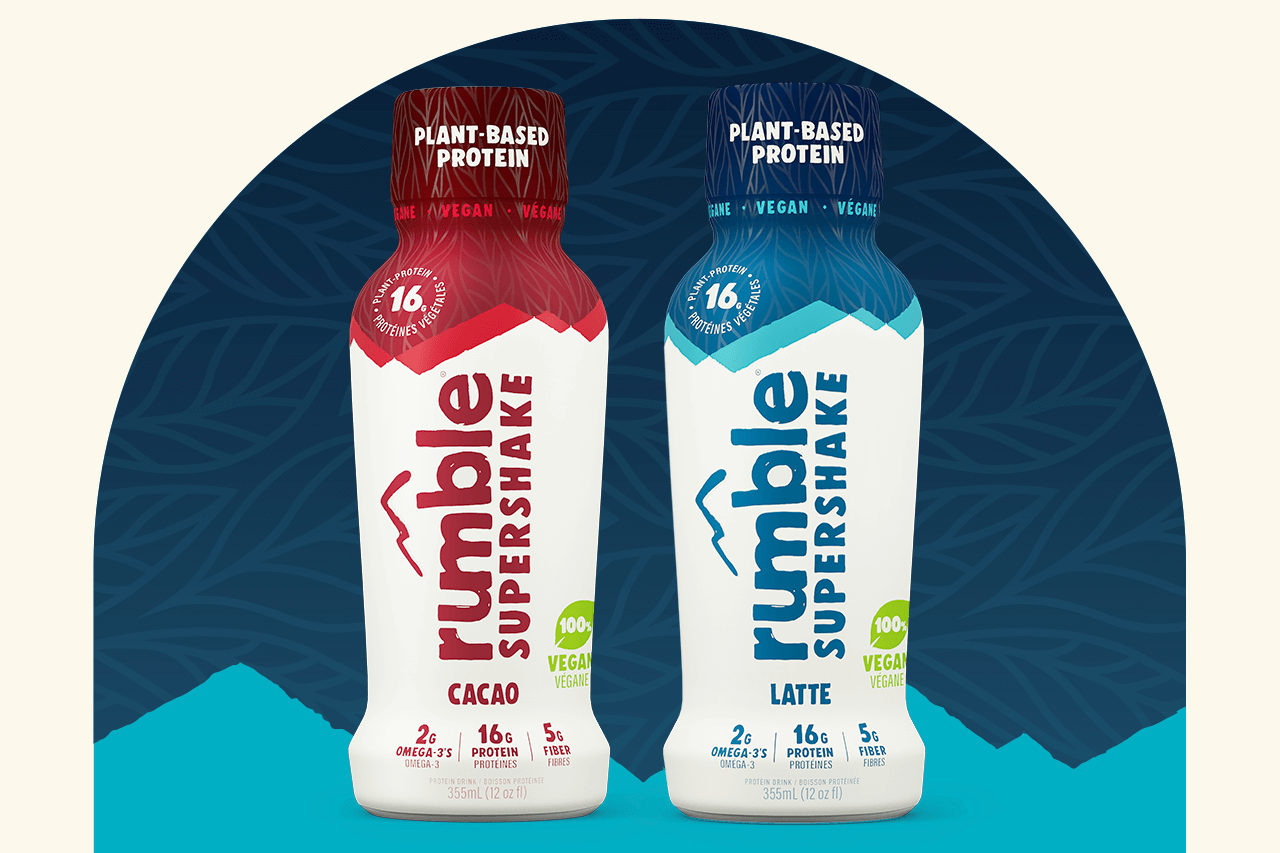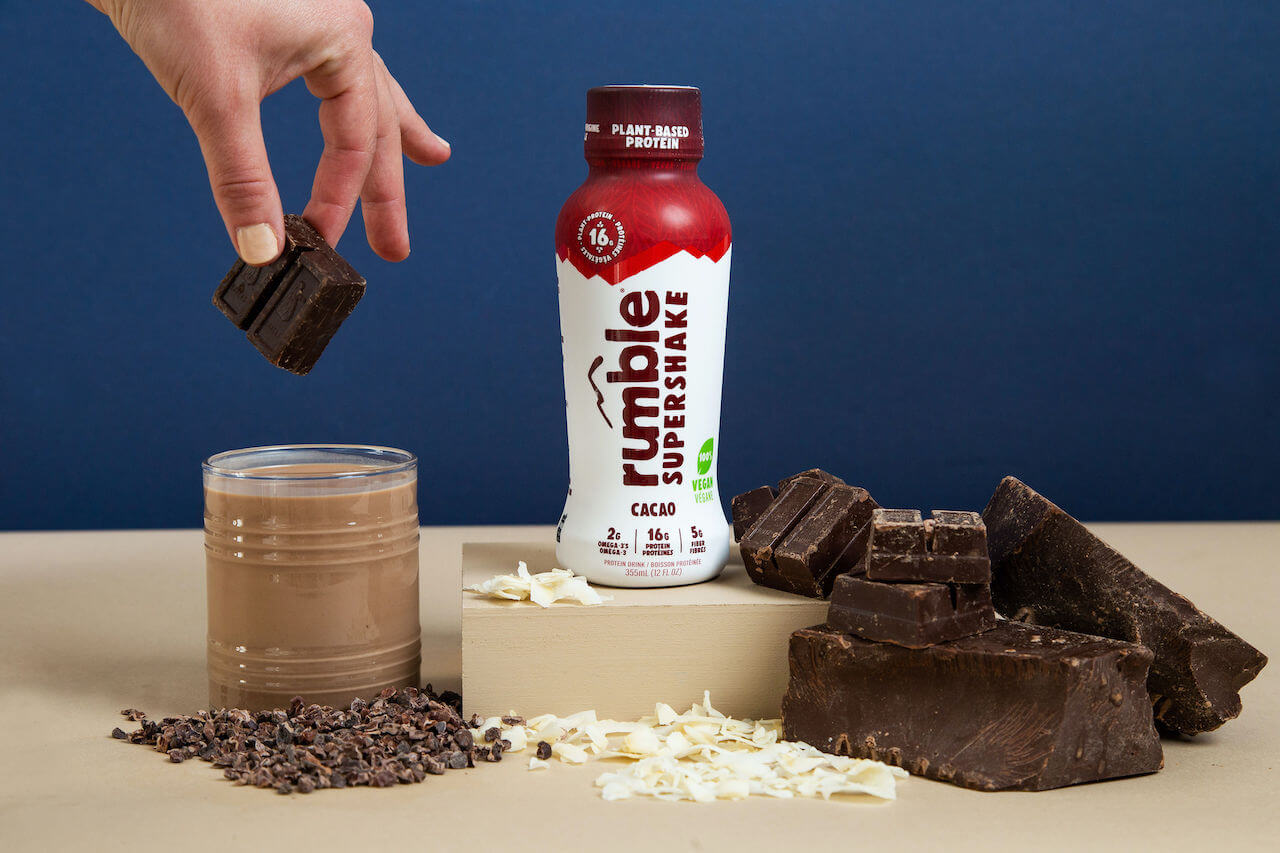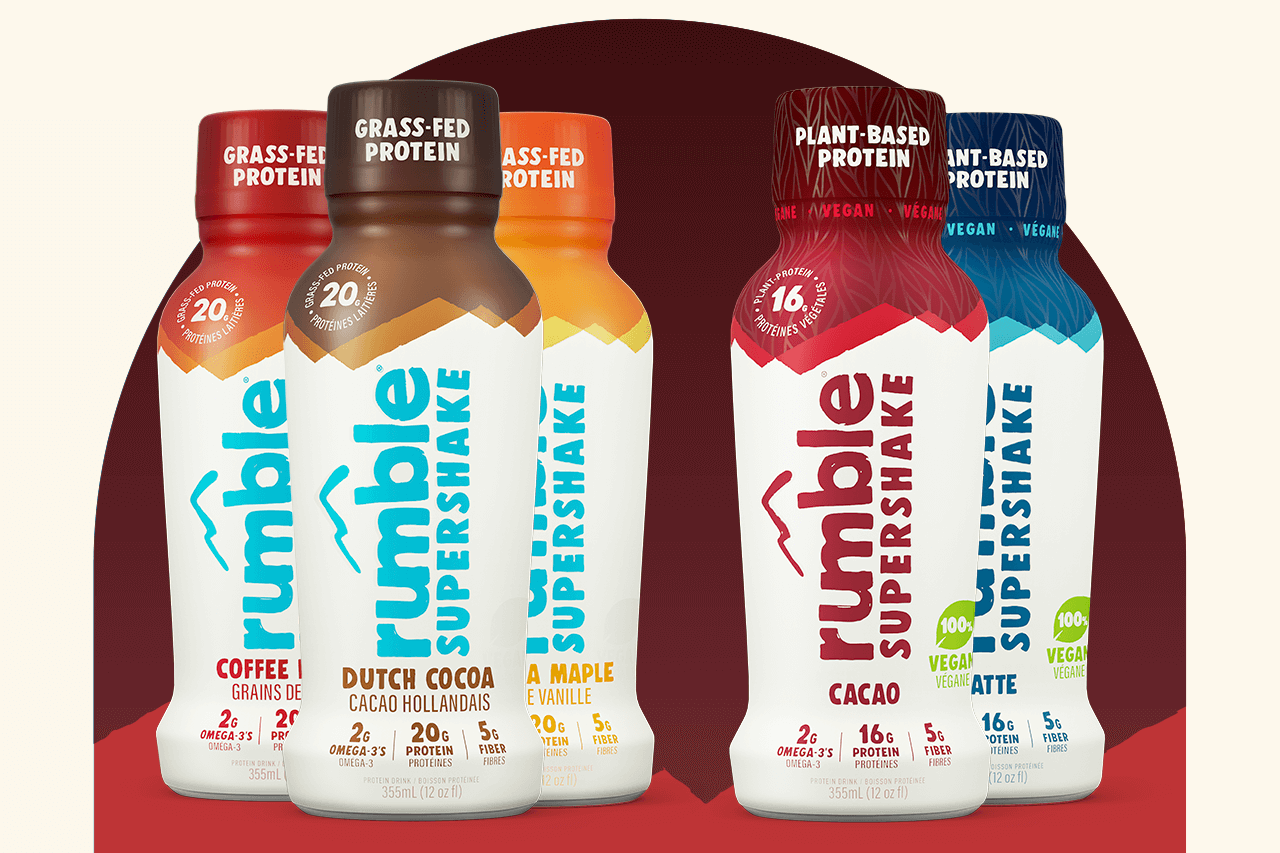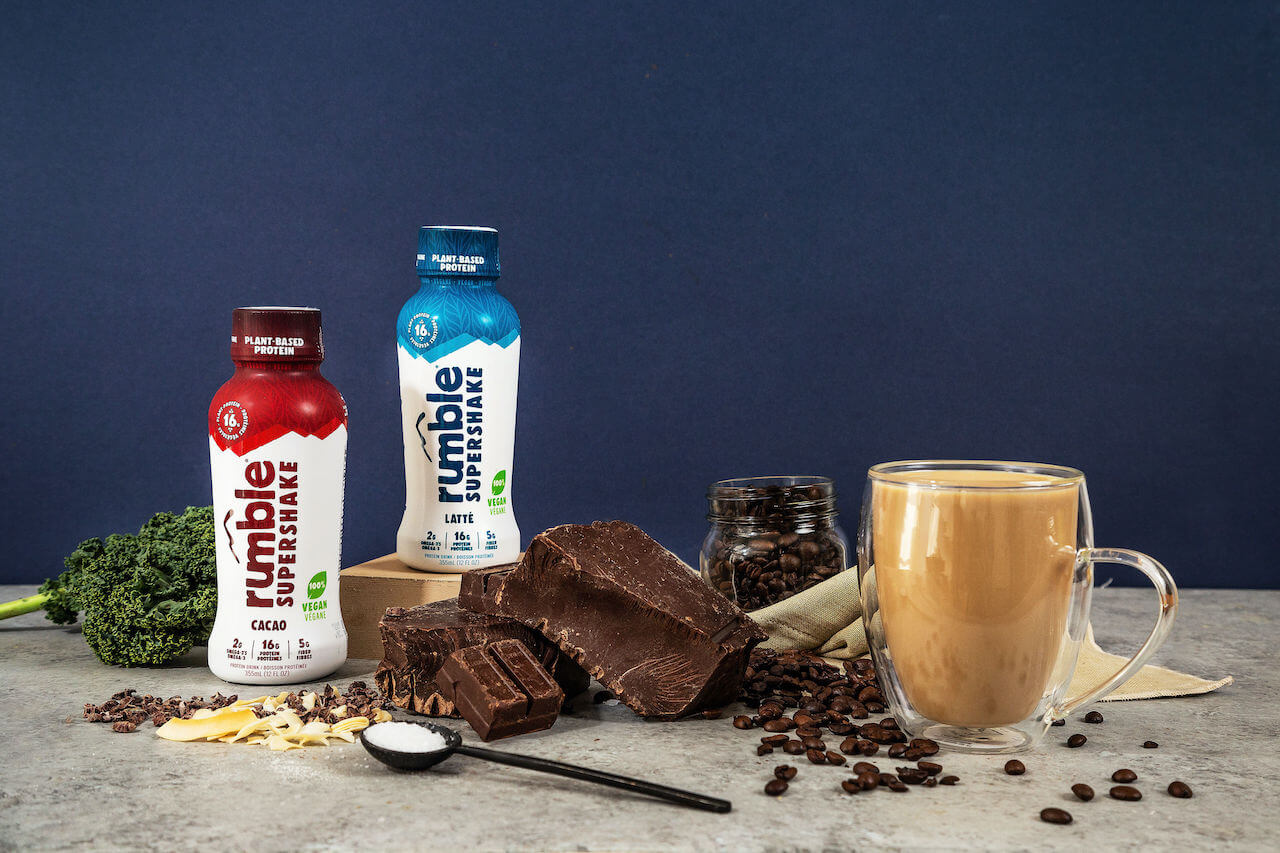Big Air and Endless Winter: How Rumble Slopestyle Skier Yuki Tsubota Finds Adventure Year-Round
What do you do when the conditions you need for your sport are only available in Canada a few months of the year? Hit the road!
25-year-old Rumble athlete and Canadian National Team skier Yuki Tsubota was born and raised in BC. As a former Olympian, Yuki lives in Whistler and follows winter around the globe for her training camps.
We caught up with her to find out more about her sport and how she balances life on and off the slopes.
Q: You started skiing when you were three - is your mom a big skier?
A: She is! My mum originally came to Canada/Whistler in 1992 to ski, but two years later after meeting my Dad, they moved to Vancouver to have me. We lived in Vancouver until I was 3, but after my parents split up my mum and I moved back up to Whistler and that’s when I was put on skis for the first time. We skied together almost every day when I was a kid but as I grew up my activities and ski competition became quite expensive and my mum worked a lot so I could do what I loved. After I moved out of the house when I was 17 she found much more time to herself and now she’s back out in the mountains she loves! She has found a huge passion for backcountry skiing which I think is badass and beats me up the hill every time.

Q: When you were 19, you competed in your first Olympics in Sochi - what was that like?
A: Sochi was surreal. I had just transitioned over to Slopestyle skiing three years before from Moguls. When I made the switch my goal was to make the 2018 Olympic Team, but the years leading up to 2014 went exceptionally well for me and I was able to qualify for those games. The competition itself didn't feel very different from any other contest that happens throughout the season, but having everyone back at home and friends around the world being able to watch was awesome. Opening ceremonies was my favorite part; walking into the stadium with the rest of Team Canada was a proud moment I will never forget.
Q: Did you already know many of your fellow Team Canada athletes before Sochi?
A: Besides my team, the rest of Freestyle Canada and a couple of snowboarders, no. Both the Olympics I went to (2014 and 2018) the athletes were split into two villages so I didn’t have the chance to meet many non-mountain sports athletes. I would say I friended ‘sliding’ athletes the most and since I see them quite often throughout the year at various events and around Whistler.
Q: Are you hoping to compete in Beijing in 2022?
A: At this moment that isn’t the plan. I’ve been on the National team for 8 years now and my body is definitely feeling it, I’m 25 and oldddddd…… I’ve started to take a couple university classes online and would like to continue that as well as trying to get myself into more of the backcountry skiing side of things. I grew up skiing a little bit of everything and think bringing my park tricks to natural features would be fun.

Q: Slopestyle skiing is known for its aerial jumps and tricks - were you a bit of a daredevil as a kid?
A: That probably depends on who you ask haha. According to my parents and people around me yes! But to me and my friends, no that was just normal. I did lots of sports where my feet stayed on the ground like swimming, tennis, and hockey but the fun ones were mountain biking, rock climbing, skiing, and skateboarding. The adrenaline rush is what gets me and I often catch myself getting caught up in it trying to go absolutely as fast as I can go on my bike and skis and I have to take a step back and remind myself that one wrong move and I could be seriously injured. I’ve been very lucky with my ski career in that I haven't had any major injuries (knock on wood). At the 2014 Olympics I did break my cheek in two spots by kneeing myself, but given the crash I had, it could have been much worse.
Q: Did you have a lot of experience with slopestyle before switching from moguls?
A: Before switching to moguls I had probably only done a handful of slopestyle events but slopestyle also wasn't really as big as it is now. We had the big air contest which was just one jump and we had rail jams. When I did do those events I had decent results, so when I wanted to make the switch I had enough points to qualify for the BC park team. Coming from a mogul background we spent a lot of time nailing the timing of your pop and creating air awareness, so jumping was my strength when I made the switch to slopestyle.
Q: What are the rules of slopestyle?
A: There really aren’t any rules of slopestyle and that’s what I love about it! It’s an event that allows you to be creative. I mean if you want to get a good score you have to hit all of the features but you can hit features in whichever way you would like. The 2018 Olympics was a perfect example of this. At most events, there are usually three sections or rails with 2-3 options at each but in Pyeongchang, they set up trannies in all different spots so people could get very creative with their rail line.
Q: What’s the hardest or scariest part of a run?
A: I’m not sure there is a hardest or scariest part of a run for me. Possibly the rail section but it’s more due to the fine line of being off balance by the smallest hair and not making it to the end of the rail. We practice all of the tricks so many times before we do it in our run that I’d say we are pretty confident with it. I usually ‘blackout’ during a run (I don’t remember much at the end) - I think its a mixture of all the adrenaline and focus during it.
Q: How do you get into the right headspace before big competitions?
A: I’ve always been an easygoing person before competitions. I don’t have any routine that I follow, I just go about it as if it’s any other day. I’ve had this come to my advantage a few times, especially at high profile events like the Olympics. Athletes put so much pressure on themselves at these events, that many usual finalists don’t even make it in.
Q: Have you had any bad injuries? How’d you get through recovery?
A: I’ve had two bad-ish injuries. In Sochi I came up short on the last jump on my final run, kneeing myself in the face and breaking two bones in my cheek. I don’t remember much of it since it also came with a bad concussion, but I had to have surgery once back in Canada to pop it back out. I was skiing within a month of that one. The other one was in 2016 where I had an old injury that got worse. I originally had a small crack in my femur that eventually chipped and began locking up my knee so I had a scope to remove it. The recovery on that took about 4 months to regain full strength and motion. I don’t like to jinx anything but all in all I have been very lucky with injuries.
Q: Do you have an off-hill training regimen, or is skiing your training?
A: Skiing is my training but we also utilize other facilities such as airbags to learn tricks before we do them on the snow. Off snow, we spend lots of time in the gym staying strong to prevent injuries and I will bike as much as I can to stay fit through the off-season.
Q: What do you do in the summer when there’s no snow?
A: We really only have about a month off in the spring, a couple of weeks in July, and a month off in the fall - the rest of the time we chase the snow around the world. We will spend a couple of weeks on the glacier in Whistler, go south in mid-August, and head over to Europe for most of the fall. In that downtime between training camps I try to get out camping, hiking, biking and adventuring with my dogs as much as possible - things I hope I can make more time for in the future.
Q: You compete internationally - is there anywhere you haven’t skied yet that you’re dying to try?
A: Japan! My mum is from Japan so I have been there about 8 times to visit family but never to ski. I am absolutely dying to go and can’t believe I haven’t been. Japan is the mecca of powder skiing so now that I will have more time in the winter without my hectic competition schedule I’ll have to make it a priority.
Q: What are your favorite ski hills? Any hidden gems we should know about?
A: I think it would be rude if I didn’t call Whistler Blackcomb my favorite. I have traveled around the world to different mountains and nothing ever beats home.
I did get a trip last winter with some friends to a place across the border called Alpental and it was time! We hit the place right after a huge storm and had a friend hook us up with this guy Andy who showed us around. The place only has two lifts and has that tight-knit community vibe that you don’t get at home.
Q: How does Rumble fit into your diet?
A: Rumble is my go-to whenever I’m in a rush to get out the door or don’t feel like having a full stomach but know I need to get fuel in me to get me through the day.
Q: When not skiing, how do you like to #feedthegood?
A: I’m all about getting out and living a healthy lifestyle. I’m passionate about eating healthy, staying active and making small changes in my day to day life to be better for the planet!
Follow Yuki on Instagram: @yuki_tsubota


